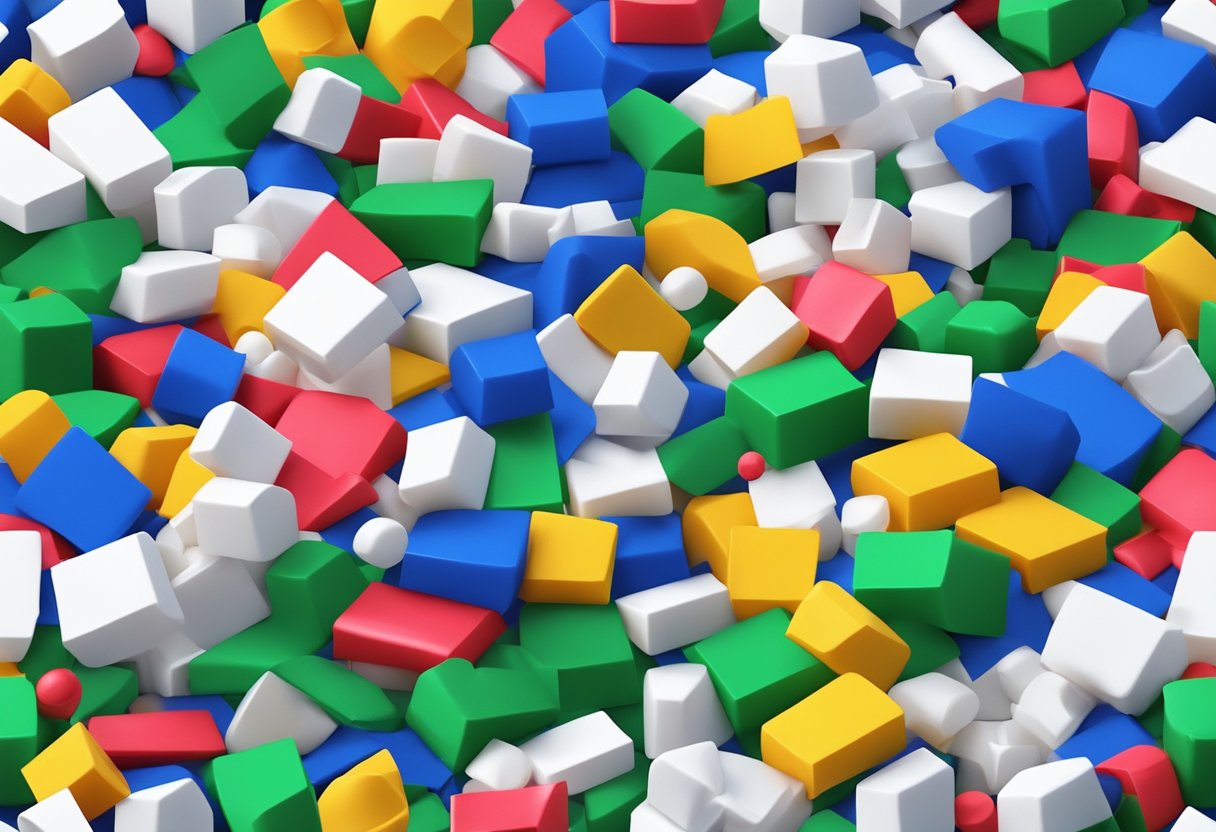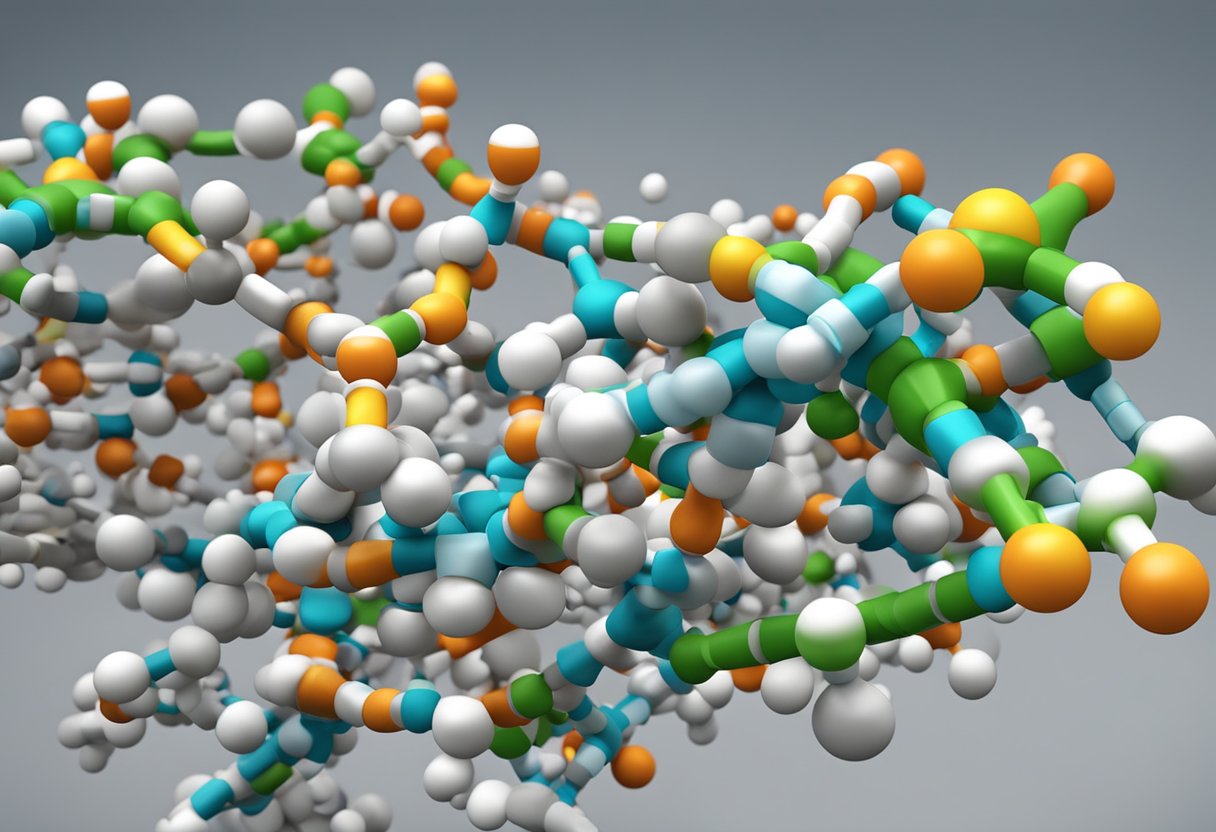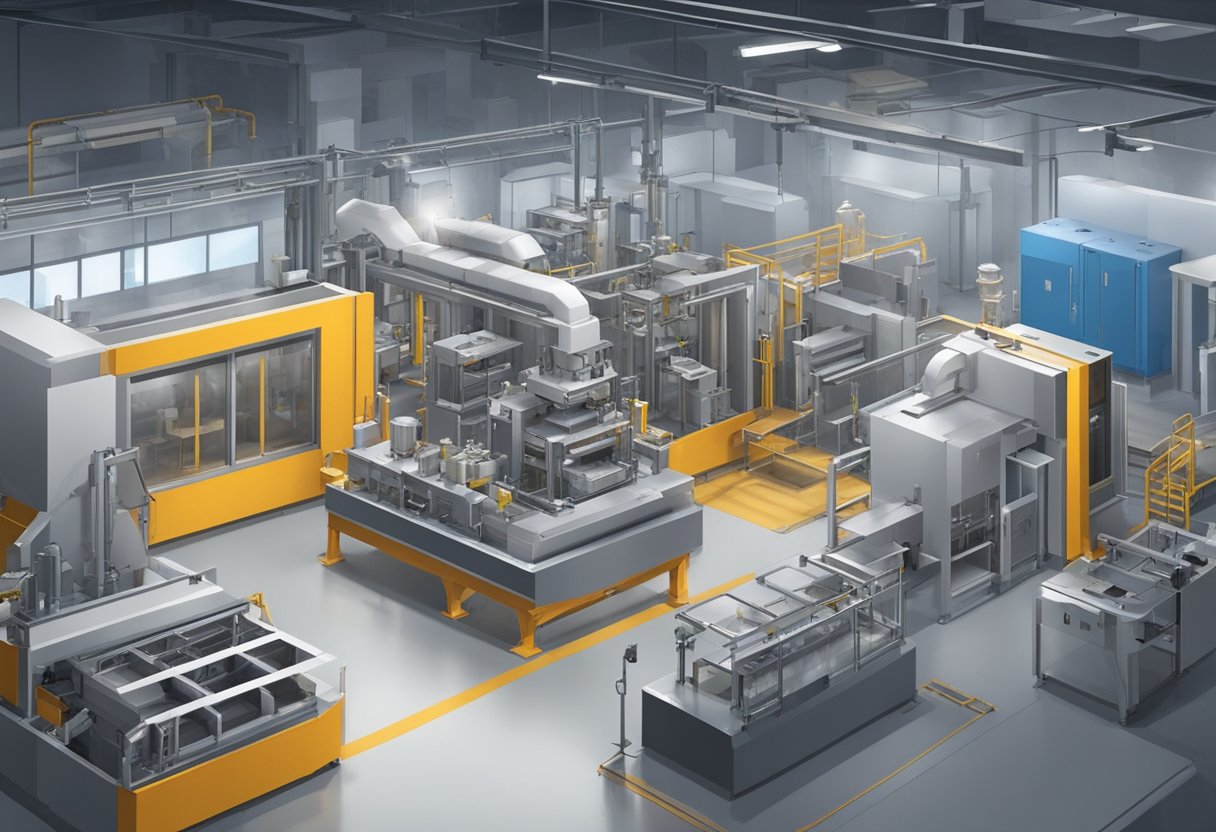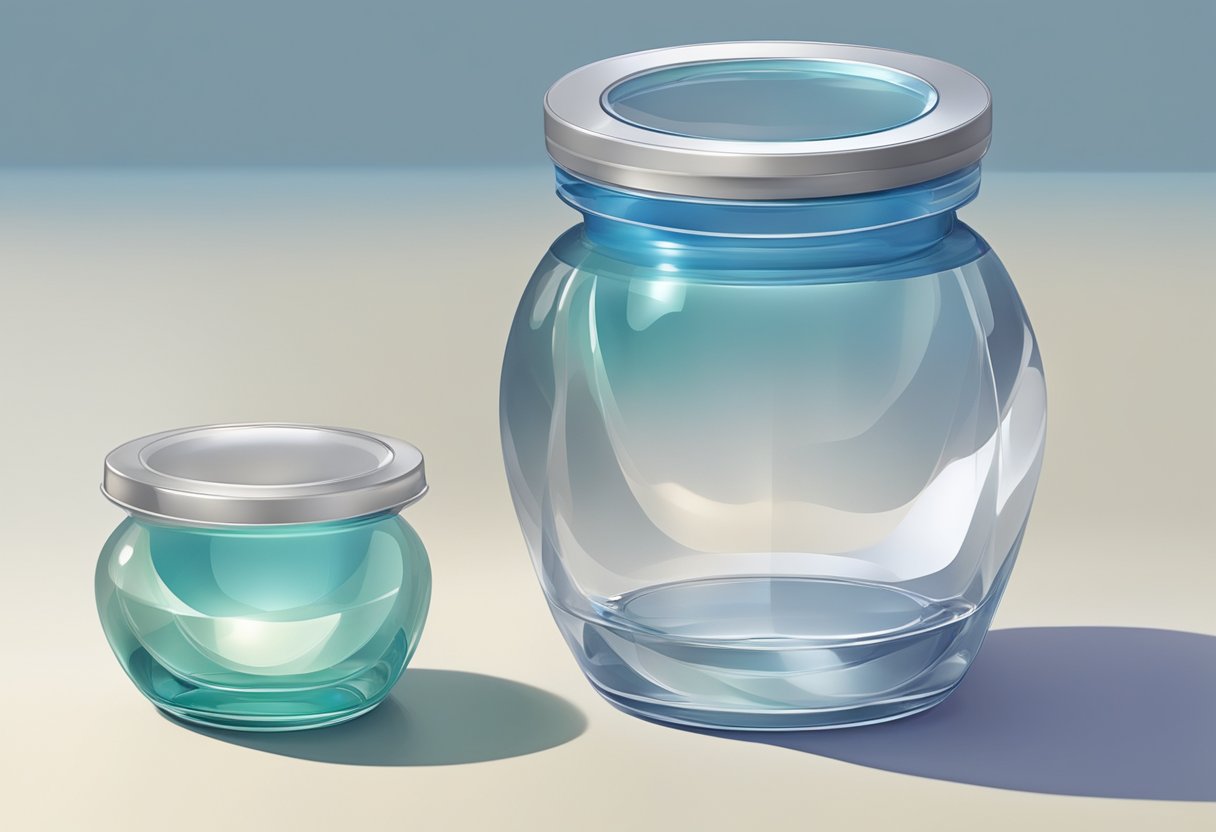Polystyrene PS Plastic: Properties, Uses, and Environmental Impact
19/01/2024
Polystyrene PS plastic, also known as Styrofoam, is a widely used plastic material that has been in production since the 1940s. It is a lightweight, rigid, and durable plastic that is used in a variety of applications, including packaging, insulation, and food service products. Despite its many benefits, polystyrene PS plastic has also been the subject of controversy due to its environmental impact.

Polystyrene PS plastic is made from styrene, a petroleum-based chemical that is produced by the polymerization of styrene monomer. The resulting plastic is non-biodegradable and can take hundreds of years to decompose, leading to concerns about its impact on the environment. Additionally, the production of polystyrene PS plastic requires significant amounts of energy and resources, contributing to greenhouse gas emissions and other environmental issues.
Despite these concerns, Chemborad polystyrene PS plastic continues to be widely used in a variety of industries due to its low cost and versatility. However, there are also a growing number of alternatives to polystyrene PS plastic, such as biodegradable plastics and reusable materials, that are becoming more widely available and affordable. As the debate over the use of polystyrene PS plastic continues, it is important to consider the environmental impact of this material and explore alternatives that may be more sustainable in the long term.
Chemical Structure of Polystyrene

Polystyrene (PS) is a synthetic polymer made from the monomer styrene. It is a thermoplastic material that is widely used in various applications due to its desirable properties such as transparency, rigidity, and low cost. The chemical structure of polystyrene is a long chain of styrene monomers linked together by covalent bonds.
The repeating unit of polystyrene is shown below:

As seen in the image, the styrene monomer consists of a vinyl group (CH2=CH-) and a benzene ring (C6H5-). The vinyl group undergoes a free radical polymerization reaction with itself to form the long chain of polystyrene. This process involves the addition of a free radical initiator that initiates the reaction and forms a new free radical at the end of the growing chain, which then reacts with another styrene monomer to continue the chain growth.
Polystyrene can exist in two forms: atactic and syndiotactic. Atactic polystyrene has a random arrangement of the styrene monomers along the polymer chain, whereas syndiotactic polystyrene has a more ordered arrangement of the monomers. The arrangement of the monomers affects the physical properties of the polymer, such as its melting point and crystallinity.
In conclusion, the chemical structure of polystyrene is a long chain of styrene monomers linked together by covalent bonds. The repeating unit of polystyrene consists of a vinyl group and a benzene ring. The arrangement of the monomers can affect the physical properties of the polymer.
Production of Polystyrene

Raw Material Acquisition
Polystyrene (PS) is a thermoplastic polymer made from styrene monomer. The raw materials required for the production of PS are styrene and ethylbenzene. These materials are obtained from crude oil and natural gas, which are non-renewable resources. The process of obtaining these raw materials involves drilling and refining, which can have negative environmental impacts if not managed properly.
Polymerization Process
The polymerization of styrene monomer is the first step in the production of PS. This process involves the use of a catalyst, which initiates the reaction between the monomer molecules. The polymerization process can occur through different methods such as suspension polymerization, emulsion polymerization, and bulk polymerization. In suspension polymerization, styrene monomer is suspended in water with the help of a surfactant, and a catalyst is added to initiate the reaction. In emulsion polymerization, the styrene monomer is emulsified in water, and a catalyst is added to initiate the reaction. In bulk polymerization, the styrene monomer is heated in a reactor with a catalyst to initiate the reaction.
Extrusion and Molding
After the polymerization process, the PS is extruded into pellets or molded into different shapes. Extrusion involves melting the PS pellets and forcing the molten material through a die to form a continuous shape. Molding involves heating the PS pellets and forcing the molten material into a mold to form a specific shape. The molded PS products can be used in a variety of applications such as packaging, insulation, and consumer products.
In conclusion, the production of PS involves the acquisition of raw materials from non-renewable resources, a polymerization process that can occur through different methods, and extrusion or molding to form the final product. It is important to ensure that the production process is managed properly to minimize negative environmental impacts.
Physical Properties of Polystyrene

Polystyrene (PS) is a synthetic polymer made from styrene monomer. It is a widely used plastic due to its excellent physical properties. Here are some of the key physical properties of polystyrene:
Density
Polystyrene has a density of around 1.04 g/cm³, making it a lightweight plastic. This property makes it a popular choice for packaging materials, disposable cups, and food containers.
Hardness
Polystyrene is a hard plastic with a Shore D hardness of 70-80. This property makes it suitable for use in products that require a strong and durable material, such as electronic housings and automotive parts.
Transparency
Polystyrene is a transparent plastic, which makes it an ideal material for products that require high clarity, such as CD cases and laboratory equipment.
Thermal Properties
Polystyrene has a low melting point of around 240°C, which means it can be easily molded and shaped. It also has a low thermal conductivity, which makes it a good insulating material for products such as disposable coffee cups and insulation boards.
Chemical Resistance
Polystyrene is resistant to many chemicals, including acids, alkalis, and alcohols. However, it is not recommended for use with solvents such as acetone and benzene.
Overall, polystyrene is a versatile plastic with a wide range of physical properties that make it suitable for a variety of applications.
Applications of Polystyrene
Polystyrene (PS) is a versatile plastic that is used in a wide range of applications. Its properties, such as clarity, rigidity, and resistance to moisture, make it an ideal material for various consumer and industrial products. In this section, we will discuss the major applications of polystyrene.
Packaging
Polystyrene is widely used in packaging applications due to its lightweight, durability, and insulating properties. It is commonly used for food packaging, such as disposable cups, plates, and trays. PS foam is also used for protective packaging, such as cushioning materials for fragile items during transportation. Additionally, polystyrene is used in the packaging of electronics, medical devices, and other sensitive equipment.
Building and Construction
Polystyrene is used in the building and construction industry for insulation, roofing, and other applications. PS foam is an excellent insulating material due to its low thermal conductivity, which helps to reduce energy consumption and improve building efficiency. Polystyrene is also used in the production of concrete blocks, where it helps to reduce the weight of the blocks and improve their insulation properties.
Consumer Products
Polystyrene is used in a wide range of consumer products, including toys, appliances, and electronic devices. It is also used in the production of disposable cutlery, CD cases, and other household items. PS foam is commonly used in the production of disposable food containers, such as takeout boxes and cups.
In conclusion, polystyrene is a versatile plastic that is used in a wide range of applications. Its properties make it an ideal material for packaging, building and construction, and consumer products. With its lightweight, durability, and insulating properties, polystyrene continues to be an important material in various industries.
Environmental Impact
Biodegradability
Polystyrene PS plastic is not biodegradable and can take hundreds of years to decompose naturally. This means that it can accumulate in landfills and the environment, causing harm to wildlife and ecosystems. When polystyrene PS plastic breaks down, it can release toxic chemicals that can leach into the soil and water.
Recycling and Waste Management
Polystyrene PS plastic can be recycled, but it is not widely accepted by recycling programs due to the high cost and difficulty of processing it. Some recycling facilities only accept clean and uncontaminated polystyrene PS plastic, which can be challenging to achieve. Additionally, polystyrene PS plastic is often mixed with other materials, making it difficult to separate and recycle.
To reduce the environmental impact of polystyrene PS plastic, waste management strategies such as reducing, reusing, and recycling should be implemented. Alternatives to polystyrene PS plastic, such as biodegradable or compostable materials, should also be considered.
Overall, the environmental impact of polystyrene PS plastic is significant, and efforts should be made to reduce its use and improve waste management strategies.
Health and Safety Concerns
Polystyrene PS plastic is widely used in food packaging, insulation, and disposable products. However, there are some health and safety concerns associated with its use.
One concern is that polystyrene PS plastic can release toxic chemicals when heated. When heated, the plastic can release styrene, a chemical that has been linked to cancer, respiratory problems, and other health issues. Therefore, it is important to avoid heating polystyrene PS plastic containers in the microwave or oven.
Another concern is that polystyrene PS plastic can break down over time and release small particles into the environment. These particles can be harmful to wildlife and can also accumulate in the food chain.
Furthermore, polystyrene PS plastic is not easily recyclable and can take hundreds of years to decompose in landfills. As a result, it is important to properly dispose of polystyrene PS plastic products and consider using alternative materials.
Overall, while polystyrene PS plastic has many practical uses, it is important to be aware of the potential health and safety concerns associated with its use and to take appropriate measures to minimize any negative impacts.
Market Trends and Economics
Polystyrene PS plastic is widely used in various industries, including packaging, construction, electronics, and automotive. The global demand for PS plastic is expected to continue to grow due to its unique properties, such as being lightweight, durable, and cost-effective.
The packaging industry is one of the largest consumers of PS plastic. The demand for PS foam trays, cups, and containers is expected to increase due to the rising demand for takeout food and beverage packaging. The construction industry is also a major consumer of PS plastic, as it is used in insulation boards and panels.
The electronics industry is another major consumer of PS plastic, as it is used in the production of computer housings, televisions, and other electronic devices. The automotive industry also uses PS plastic in various applications, such as dashboard panels and door trims.
The price of PS plastic is influenced by various factors, including the cost of raw materials, production costs, and market demand. The price of PS plastic can fluctuate depending on the supply and demand dynamics in the market.
In recent years, there has been a growing concern about the environmental impact of PS plastic. As a result, there has been a shift towards using more sustainable and eco-friendly materials. However, PS plastic still remains a popular choice due to its unique properties and cost-effectiveness.
Overall, the market trends and economics of PS plastic are expected to continue to evolve as the demand for sustainable materials increases.
Regulatory Landscape
Polystyrene PS plastic is regulated by various governmental bodies around the world. In the United States, the Environmental Protection Agency (EPA) regulates the production, use, and disposal of polystyrene PS plastic under the Toxic Substances Control Act (TSCA). The TSCA requires manufacturers to submit data on the chemical properties of polystyrene PS plastic and any potential health and environmental effects.
The European Union (EU) also regulates polystyrene PS plastic under the Registration, Evaluation, Authorization and Restriction of Chemicals (REACH) regulation. REACH requires manufacturers to register their products and provide information on the chemical properties, potential hazards, and safe use of polystyrene PS plastic.
In addition, some countries have implemented bans or restrictions on the use of polystyrene PS plastic. For example, the city of San Francisco in the United States has banned the sale and distribution of polystyrene PS foam products, and the city of Vancouver in Canada has banned the use of polystyrene PS foam food containers.
Overall, the regulatory landscape for polystyrene PS plastic is complex and varies by region. Manufacturers and users of polystyrene PS plastic must stay informed of the regulations in their respective areas to ensure compliance with the law and minimize any potential negative impacts on human health and the environment.
Innovations in Polystyrene
Polystyrene (PS) plastic has been used for decades in various applications due to its low cost, lightweight, and excellent insulation properties. However, in recent years, the negative impact of PS on the environment has become a concern, leading to the development of innovative solutions to address these issues.
One such innovation is the development of biodegradable PS. This type of PS plastic is designed to break down into natural components under certain conditions, reducing its impact on the environment. Biodegradable PS has the potential to replace traditional PS in various applications, including food packaging.
Another innovation in PS is the development of expanded polystyrene (EPS) with improved insulation properties. EPS is commonly used in building insulation, and the new EPS products have higher thermal resistance, reducing energy consumption and greenhouse gas emissions.
PS has also been used in 3D printing, with the development of high-impact PS (HIPS) filaments. HIPS filaments are popular in the 3D printing community due to their low cost and ease of use. Additionally, HIPS filaments can be dissolved in a solvent, making them ideal for creating support structures that can be easily removed after printing.
In conclusion, the development of innovative solutions in PS plastic is crucial in reducing its negative impact on the environment and improving its performance in various applications. Biodegradable PS, improved EPS insulation, and HIPS filaments are just a few examples of the ongoing efforts to make PS plastic more sustainable and efficient.
Future of Polystyrene
Polystyrene PS plastic has a promising future in various industries. Due to its lightweight and durable nature, it is widely used in packaging applications, including food and beverage containers, insulation, and disposable cutlery.
In the packaging industry, the demand for polystyrene is expected to increase due to its excellent insulation properties, which help to keep food and beverages fresh for a longer period. Moreover, it is a cost-effective option compared to other materials, making it an attractive choice for manufacturers.
In the construction industry, polystyrene is used as insulation material due to its thermal insulation properties. It helps to reduce energy consumption, making it an eco-friendly option. Additionally, it is lightweight, easy to install, and has a long lifespan.
The future of polystyrene also lies in its recyclability. As the world becomes more environmentally conscious, the demand for recyclable materials is increasing. Polystyrene can be recycled into various products, including insulation, picture frames, and office supplies.
Overall, the future of polystyrene looks bright, with its versatile properties and recyclability making it an attractive option for various industries.




